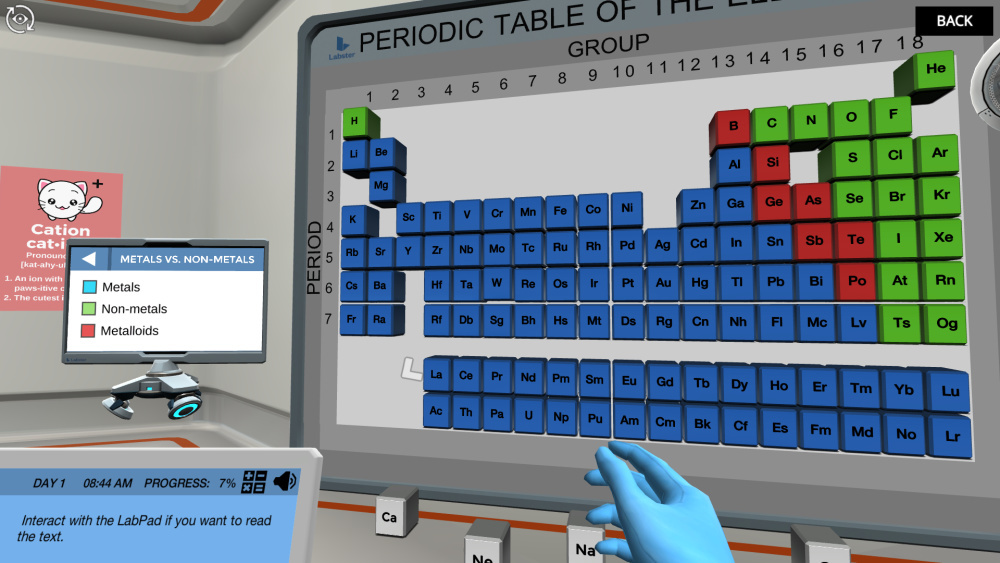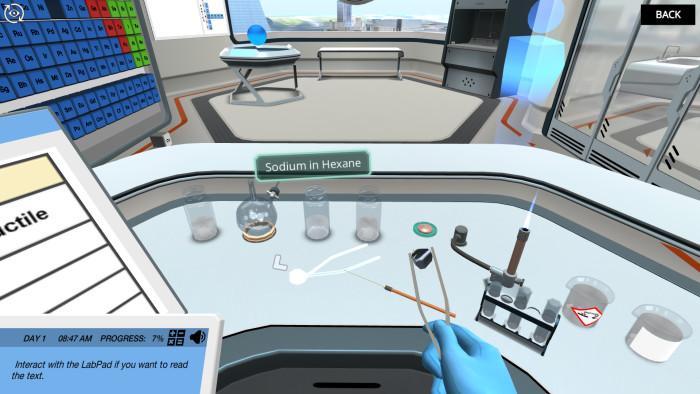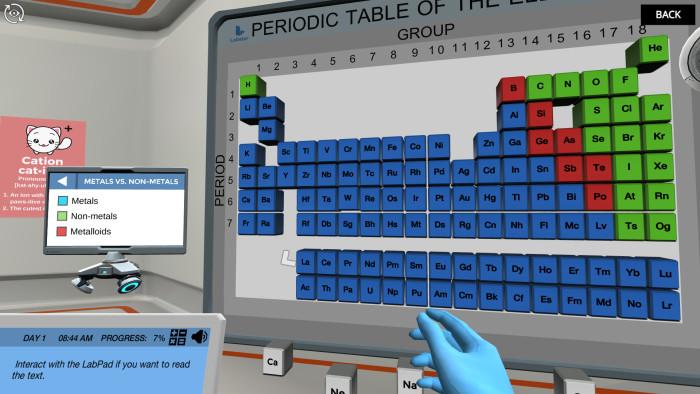
The periodic table, a compact matrix, symbolizes the backbone of the modern scientific world, offering a glimpse into what matter mankind has discovered. The ordered arrangement of elements in this mini encyclopedia helps scientists view the properties of known elements at a glance.
However, teaching the periodic table can be a challenge with traditional lecturing methods. The vast array of elements, their atomic numbers, configurations, categories, and characteristics are a rich tapestry of complexity that can overwhelm students.
This article will present five creative and engaging strategies that will help you teach the periodic table. Each strategy has been designed to make complex and abstract concepts more tangible and realistic.
Understanding an element with just its symbol and numerical values can be hard and boring. The learning process becomes more engaging and lively when students interact with visuals or models. In this context, interactive depictions of an element's molecules, including the physical state within their native substance, can provide a more realistic and tangible understanding of the element.
A great way to integrate this technique into your classrooms is through Labster’s virtual labs, which offer virtual experiments, enabling students to interact with elements in a safe, immersive environment. In our Periodic Table simulation, students virtually perform a flame test to perform atomic properties.

Given its rich content, lectures on the periodic table can often extend over a lengthy duration, which may result in a dull experience for students. Nevertheless, with a sprinkling of interactive games and dynamic activities, you can transform this complex subject into an enjoyable learning adventure. Some of these include:
These activities can completely transform the classroom environment, making a lengthy and complex topic into an exciting adventure.
Firstly, discussing all the aspects of the periodic table including its sections, blocks, and divisions is a challenge with traditional lecture methods. Secondly, explaining each element individually might not be feasible within this traditional pedagogical framework.
Technology tools can be instrumental in addressing the shortcomings of traditional teaching methods. You can use animations, virtual reality videos, and other educational resources to explain as much as material you want.
One excellent technology resource is Labster simulation on Periodic Table, where students understand the periodic table in a gamified manner. They fill in the missing places of a broken periodic table.

The periodic table isn't just about memorizing names and numbers; it's about understanding the deeper relationships and properties that drive the world of chemistry. One way to realize students of its importance is by linking it to potential fields where the subject knowledge is being used.
The periodic table is used in fields where the chemical composition is studied for instance, chemistry, medicine and pharmacy, material sciences, and environmental sciences.
Highlighting these professional fields can motivate students by providing a glimpse of potential future opportunities. This inspiration can encourage them to delve deeper into the subject on their own.
Further extending the relevance of the periodic table, educators can draw connections between the elements and their real-world applications.
You can explain some of the elements we encounter daily. For instance, you could mention that computer chips are made up of silicon, the same element found in sand. Likewise, our skeletal system is fortified with elements like calcium and potassium.
By continuing to draw on such examples, you can make the abstract world of elements relatable and tangible to their students.
Final Thoughts
Employing a diverse, multi-dimensional teaching strategy can transform the periodic table from a confusing chart to a fascinating world of discovery. By making lessons interactive and relevant, you can ignite a love for chemistry in your students.
Try our free 30-day All Access Educator's Pass today and teach with the Periodic Table simulations alongside 300+ other virtual labs!

Labster helps universities and high schools enhance student success in STEM.
Request DemoRequest a demo to discover how Labster helps high schools and universities enhance student success.
Request Demo